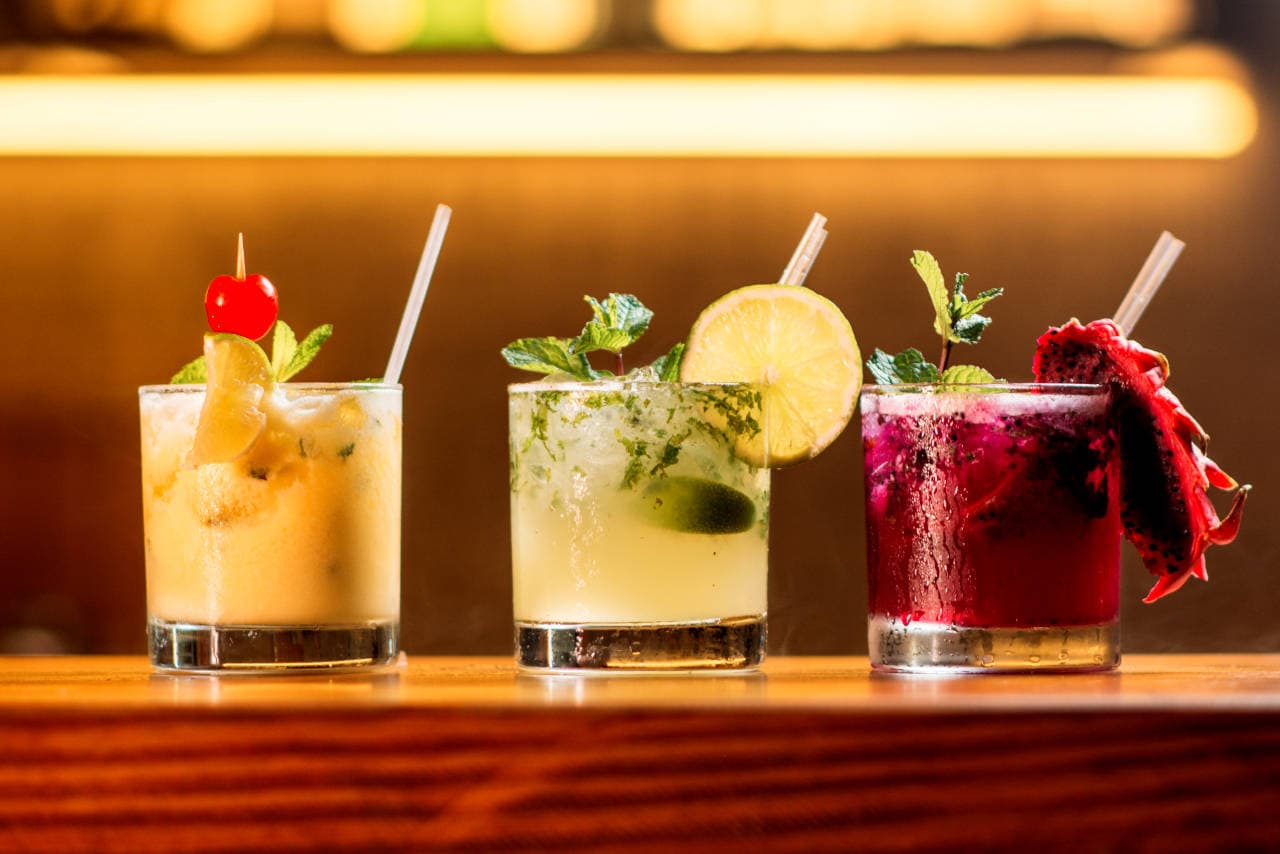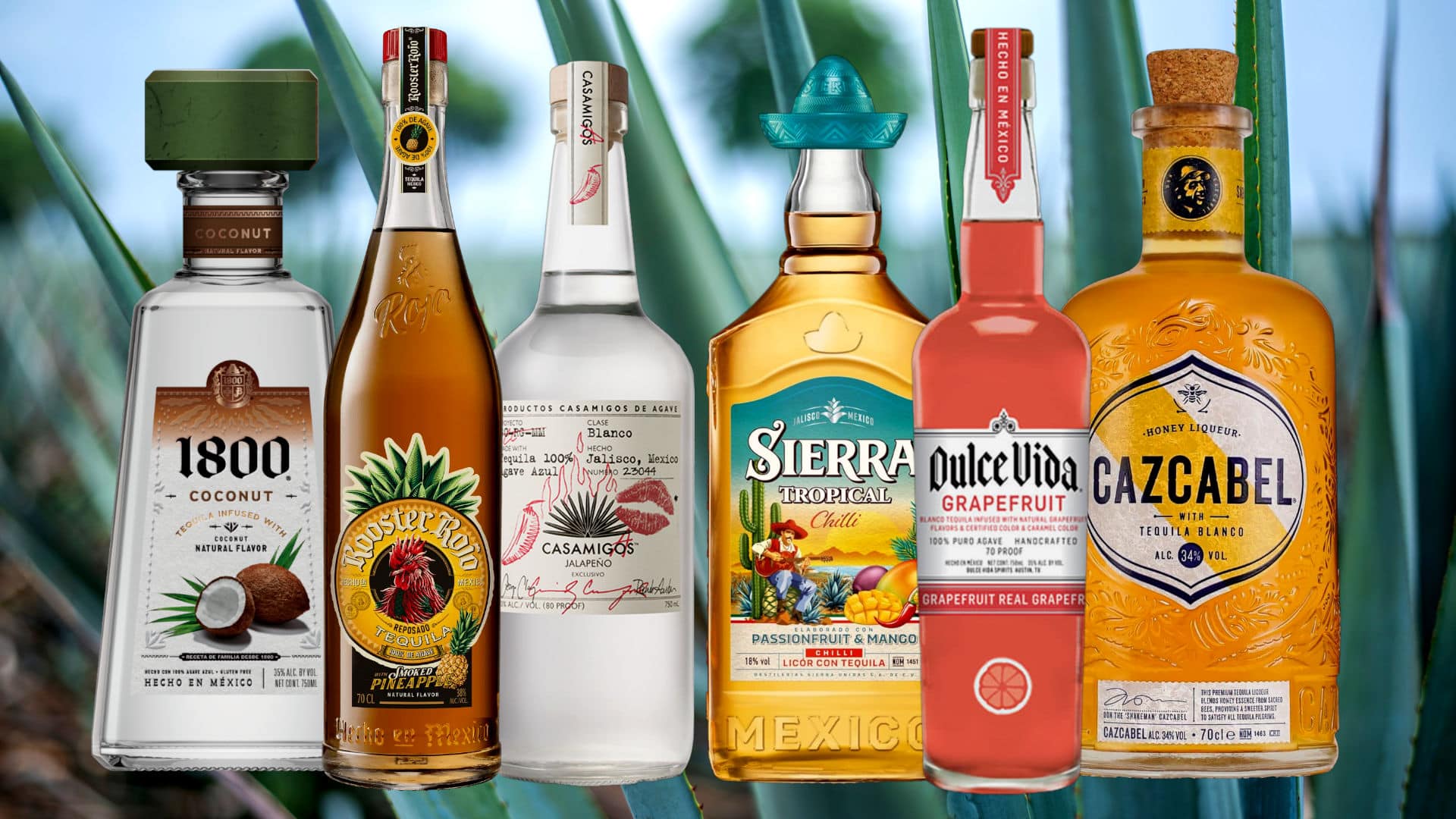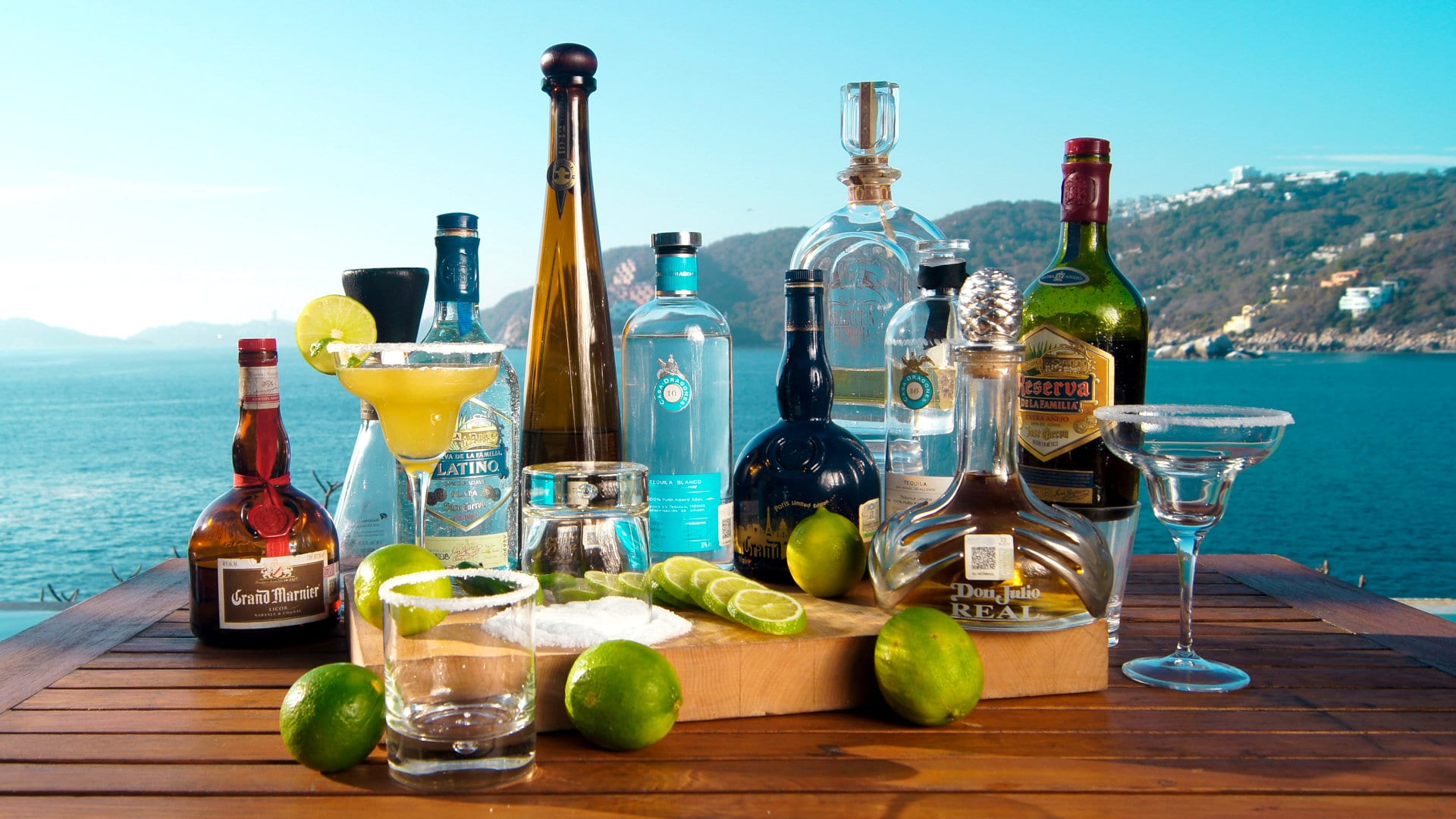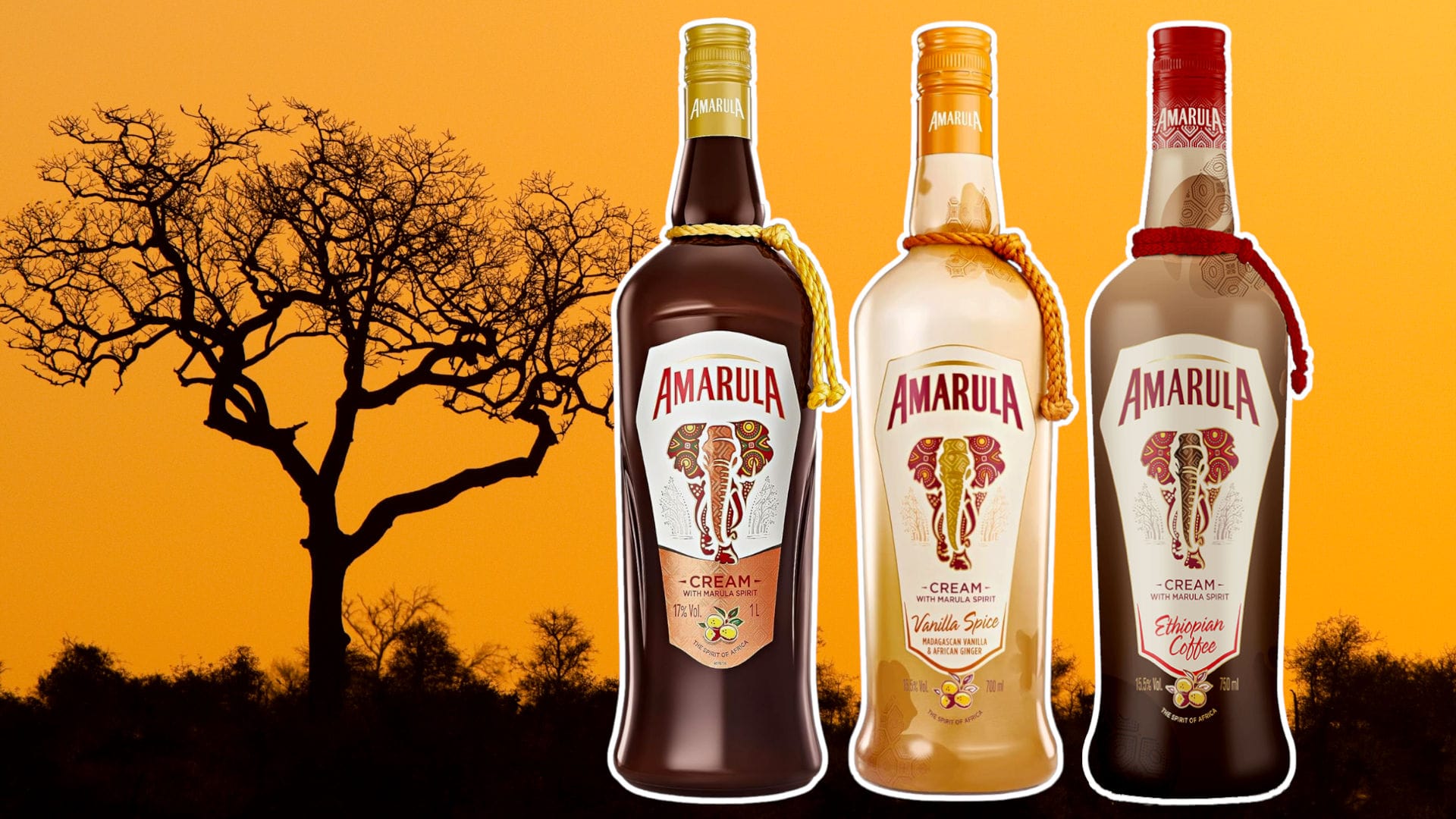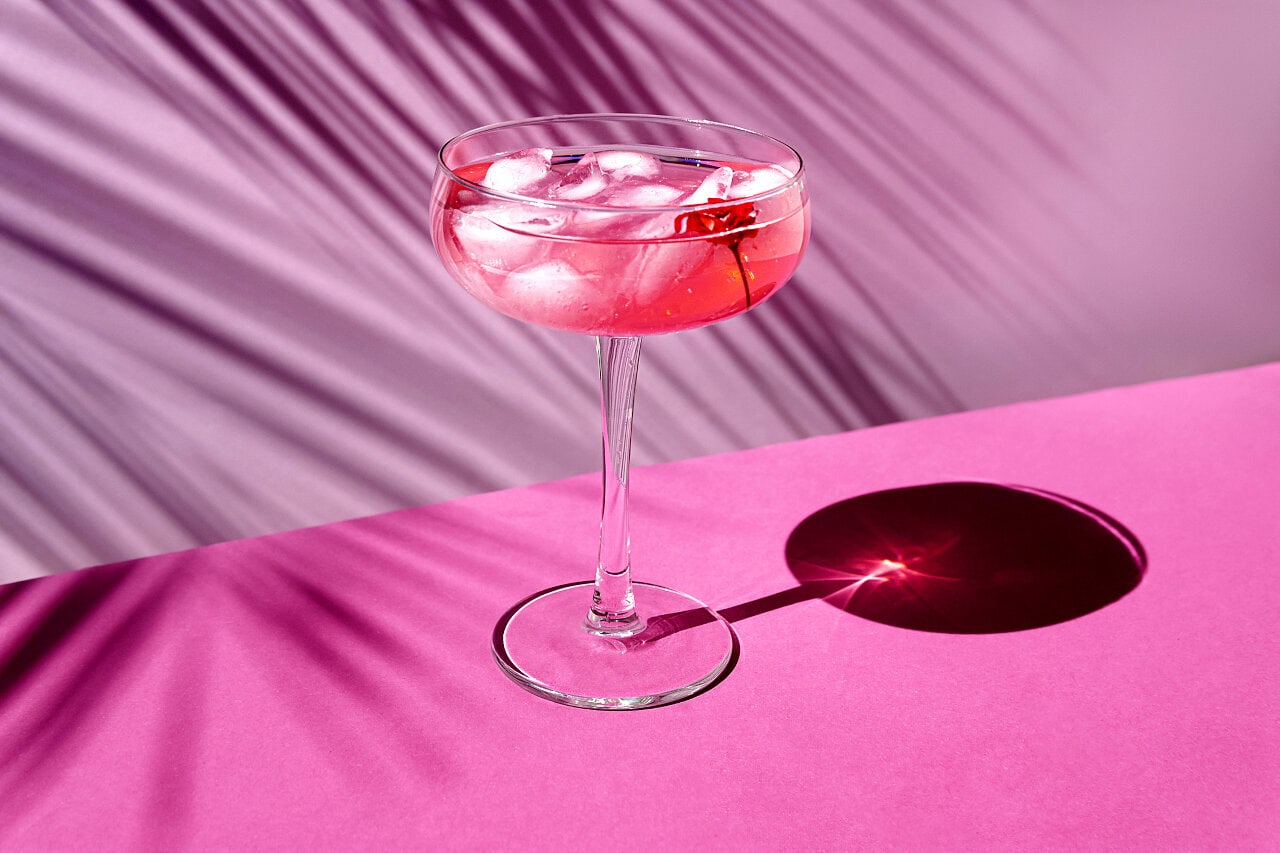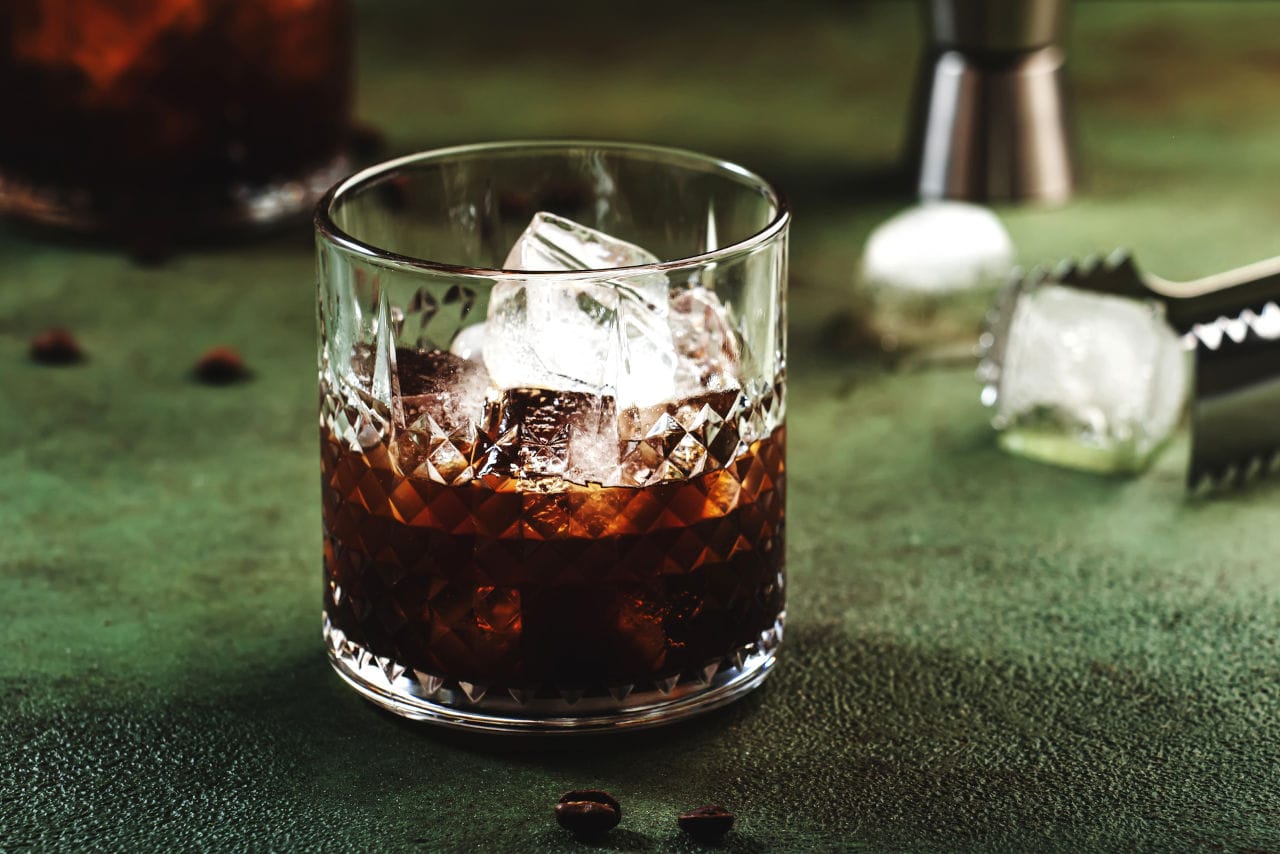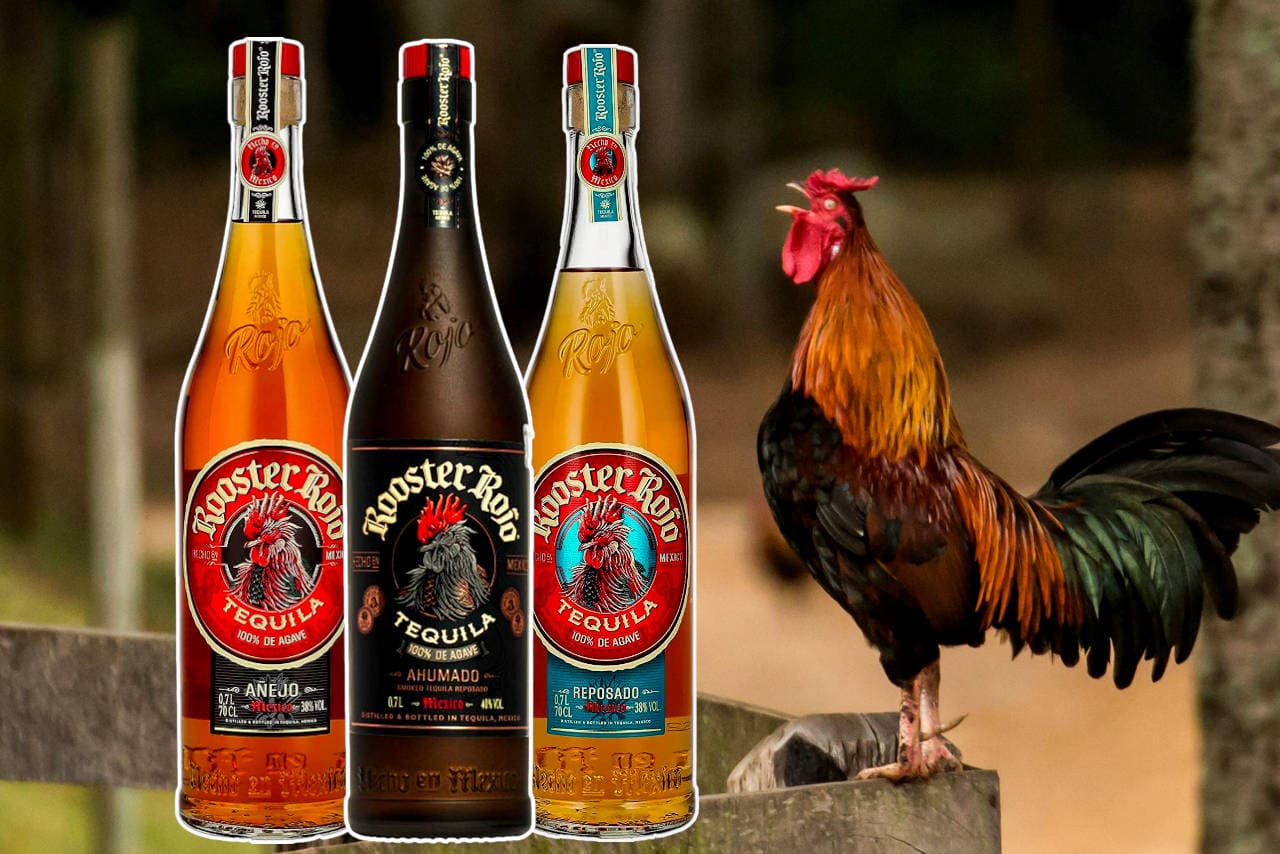With its crisp juniper taste and almost infinite botanical possibilities in each distiller’s recipe, gin inevitably leads to that trusty companion – tonic water.
However, the world of gin mixers is vast and filled with twists and turns, ensuring delightful surprises along the way; even coconut water is fair game.
Let’s venture beyond the delights of tonic water and explore some refreshing gin mixer alternatives.

Things To Mix With Gin, Except Tonic
From sweet to bitter and everything in between, here are 12 delicious things to mix with gin, except for tonic water, to up your gin game.
1. Lemonade
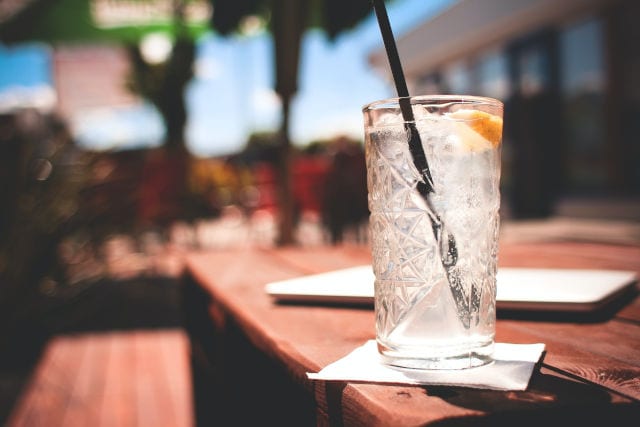
Review
Zesty Companion: A timeless classic, lemonade brings citrusy yet sweet cheer to gin’s botanical heart, plus the soda bubbles bring out the botanical aromas.
Best Served
I like to pair 2oz/60ml of London Dry gin with old-fashioned style cloudy lemonade in a rocks glass filled with ice for an extra burst of sunshine after a particularly trying day.
2. Ginger Ale
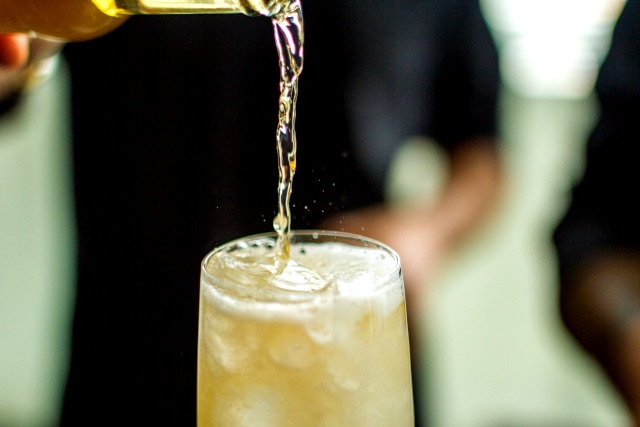
Review
The Spicy Confidant: On those chilly nights, the subtle warmth of ginger ale, with its spicy profile, mingles perfectly with gin’s multifaceted botanical charms.
Best Served
I’d recommend mixing 2oz/60ml of Plymouth Gin, due to its freshness, with ginger ale (or ginger beer if you want more ginger) and adding a twist of lime for an extra citrus kick.
3. Rose Lemonade

Review
A Floral Affair: On a hot summer day, rose lemonade, with its delicate floral notes paired with gin’s botanical nuances, creates an exquisite dance of flavours.
Best Served
Pour a 2oz/60ml shot of Bloom Gin into a rocks glass full of ice and top it up with rose lemonade. Bloom gin has a delightful floral twist that will heighten the floral experience.
4. Bitter Lemon
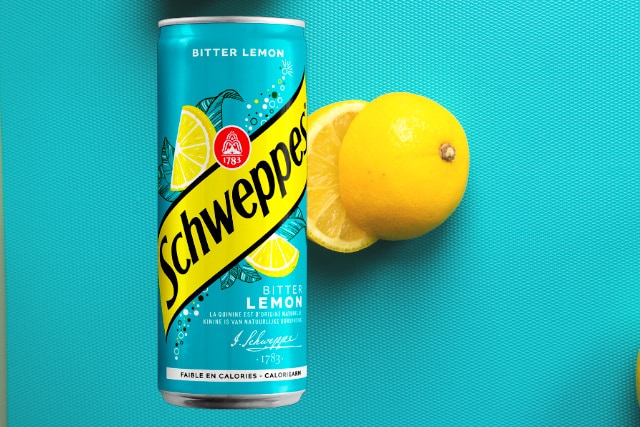
Review
Tangy Counterpart: This mixer is a revelation. Its bold, tangy notes, juxtaposed with the gentle bitterness, create a thrilling taste sensation with gin.
Best Served
It’s a pairing that demands attention; I recommend using a 2oz/60ml shot of an Old Tom-style gin due to its inherent sweetness, topping up with the contrasting bitter lemon.
5. Pineapple Juice
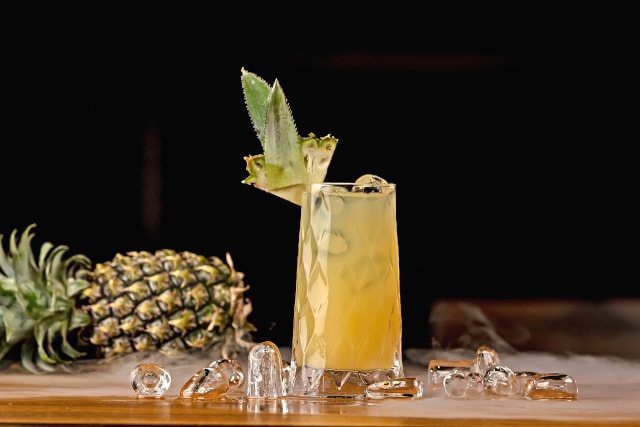
Review
Tropical Getaway: Sweet, tangy pineapple juice accentuates the gin’s bright notes, taking your palate on a journey through sandy beaches and azure waters.
Best Served
I’d opt for a 2oz/60ml shot of lemon gin for a bit of extra zest, plenty of ice, and topped up with pineapple juice. On days when wanderlust hits hard, this mix transports me to tropical shores.
6. Tomato Juice
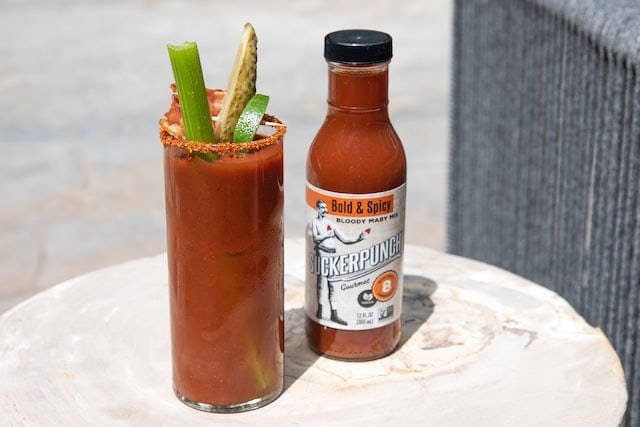
Review
The Gin Mary: Rich, earthy flavours of tomato juice create a robust, savoury backdrop. It’s like a hearty, garden-fresh meal in a glass, especially when spiced up.
Best Served
I recommend 2oz/60ml of a decent Japanese gin, 6oz/180ml of tomato juice, 1 tbsp lemon juice, a splash of Worcestershire sauce and Tabasco. Garnish with a celery stick.
7. Coconut Water
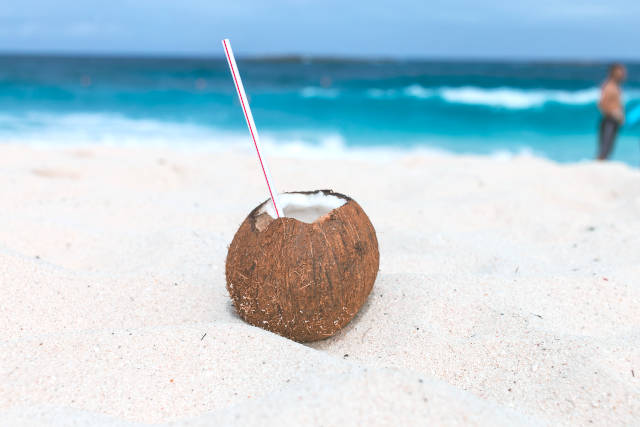
Review
The Exotic Muse: An ode to a tropical paradise, coconut water adds a delicate, refreshing twist to gin. Each sip feels like a mini-vacation to exotic shores.
Best Served
I recommend a shot of 2oz/60ml of Navy strength gin paired with 4oz/120ml of coconut water to ensure a refreshing twist to the added punch of Navy strength gin.
8. Cranberry Juice
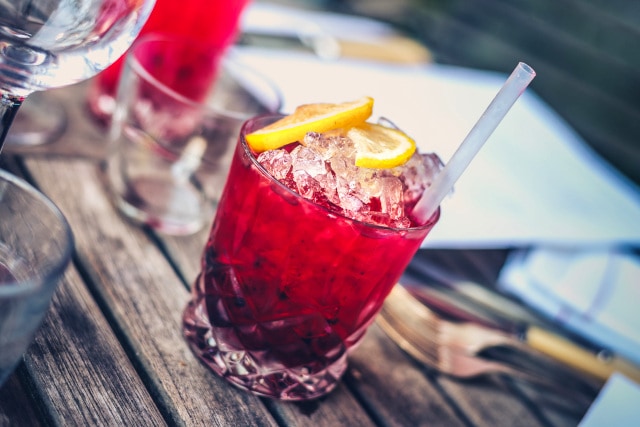
Review
Festive Fusion: Beyond its festive associations, cranberry juice, with its tart allure, brings a whole new dimension to gin mixology.
Best Served
A delightful blend of sharpness and smoothness, cranberry juice works incredibly well with a 2oz/60ml shot of a crisp juniper-forward gin, ice and a slice.
9. Soda Water
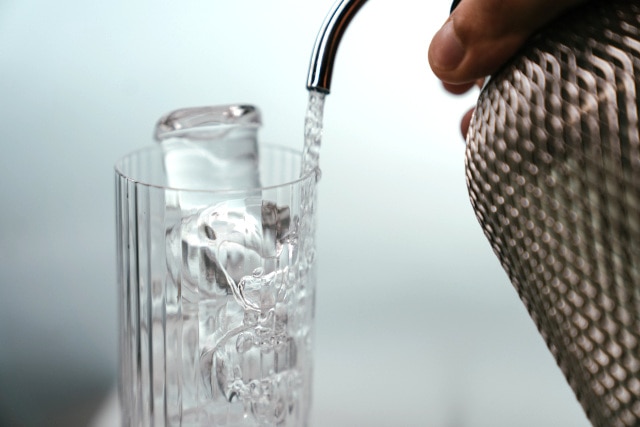
Review
Understated Classic: When one seeks simplicity amid chaos, soda water with gin feels like a gentle reprieve. Its mild effervescence highlights your gin without overshadowing it.
Best Served
For me, any of the Opihr Gin collection pair well with soda water, as its Oriental spices can really open up with the bubbles. Try a 2oz/60ml shot of gin poured into a rocks glass full of ice and topped up with soda water.
10. Pomegranate Juice
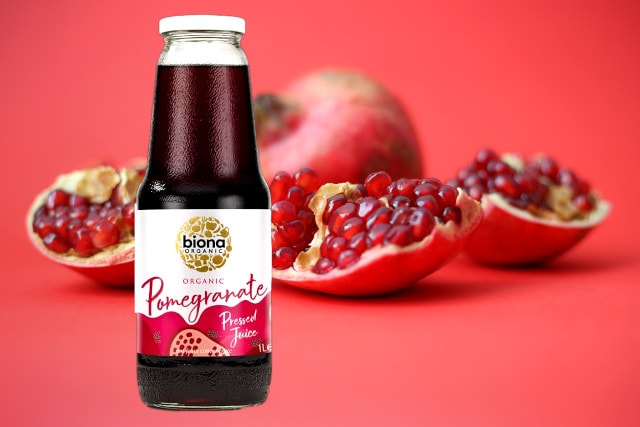
Review
Queen Of Tart: When paired with gin’s intricate flavours, the fruity tart notes of pomegranate create a mesmerising dance of bitter and botanical.
Best Served
It’s an adventurous blend for the bold at heart that calls for a 2oz/60ml shot of Caorunn gin rich with its Scottish Highland botanicals topped up with pomegranate Juice.
11. Grapefruit Juice

Review
Bittersweet Serenade: With its unique blend of sweetness and bitterness, the zesty allure of grapefruit juice strikes a perfect chord with gin.
Best Served
With every sip celebrating the complexities and intricacies of flavour, I’d most likely pair grapefruit juice with a 2oz/60ml shot of a classic gin such as Bombay Sapphire.
12. Elderflower Cordial

Review
A Countryside Stroll: With its subtle floral sweetness, Elderflower cordial enhances gin’s botanicals in a delicate embrace like a serene walk through blooming meadows.
Best Served
A 2oz/60ml shoot of Silent Pool gin over ice and topped up with Elderflower cordial would be a match made in heaven.

Gin Quick Facts
| Fact | Detail |
|---|---|
| Origin | Originally developed in the Netherlands (Genever) in the 17th century. |
| Main Ingredient | Distilled from grain or malt and flavored with juniper berries. |
| Popular Types | London Dry, Old Tom, Plymouth, and Genever. |
| Classic Cocktail | Gin and Tonic, Martini, Negroni, Tom Collins. |
| Production Process | Distilled spirit with botanicals, predominantly juniper. |
| Flavour Profile | Ranges from herbal and floral to spicy and dry. |
| Historical Use | Used medicinally in the Middle Ages, particularly in Europe. |
| ABV | Usually around 40% ABV (80 proof). |
Early History of Gin
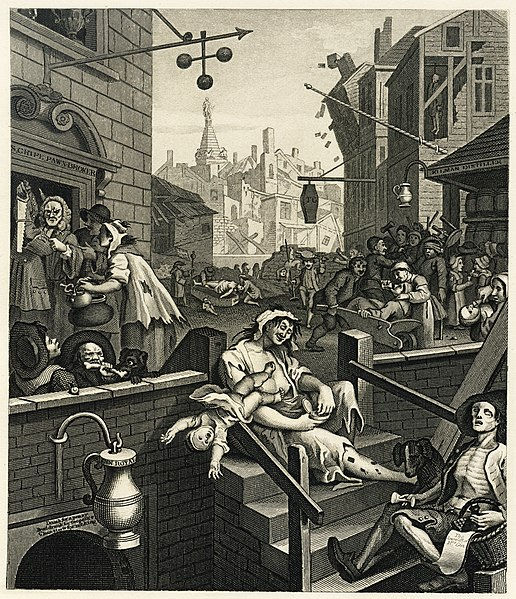
The history of gin is as rich and complex as its flavour. Originating in the 17th century in the Netherlands (a spirit called Genever), this tipple was initially used for medicinal purposes (that old excuse!).
British soldiers fighting in the Thirty Years’ War brought it back to England, where it gained popularity.
By the 18th century, gin became so widespread in England, particularly in London, that it led to a period known as the Gin Craze.
This era was famously depicted in William Hogarth’s 1751 engraving “Gin Lane,” which vividly illustrated the social ruin and degradation caused by the overindulgence (shall we say) of cheap gin in the slums of London.
How Is Gin Made?
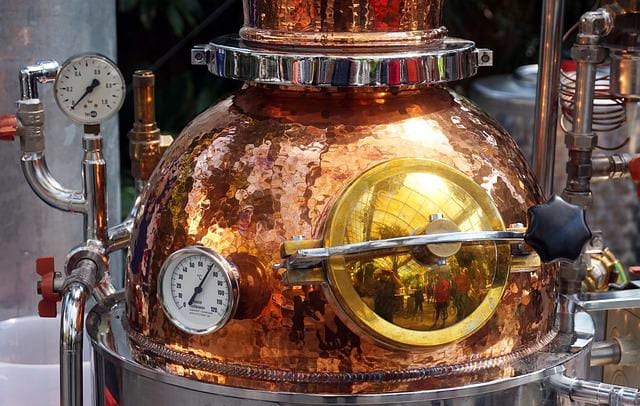
Gin production starts with a neutral base spirit that is redistilled with juniper berries (a must-have for gin to be called gin). It may also include other botanicals such as herbs, spices, flowers, and fruits.
A crucial aspect of this process is the use of copper pot stills. These ancient-looking stills are preferred (to this day) for their excellent heat conductivity, plus they don’t impart any flavours to the gin.
The botanicals are either infused directly into the spirit before redistillation or placed in a basket within the still (like we saw on our visit to the Bombay Sapphire distillery), allowing the alcohol vapours to pass through and extract their unique flavours.
Conclusion

As we meander through my pairings suggestions and gin recommendations, one thing is sure: gin’s versatility knows no bounds. From zesty to floral and bold to subtle, there’s a gin mixer for every mood and occasion.
Considering variety is the spice of life, can you seriously call yourself a die-hard gin enthusiast without going on a mixer journey of exploration and discovery?
Also Read: 9 Best Beefeater Gins: A London Taste Tour
References

Further Reading
Below are some additional articles from The Drinks Geek blog. We write articles on several fascinating areas of drinks, including different brands, drink types, cocktail recipes and more.

